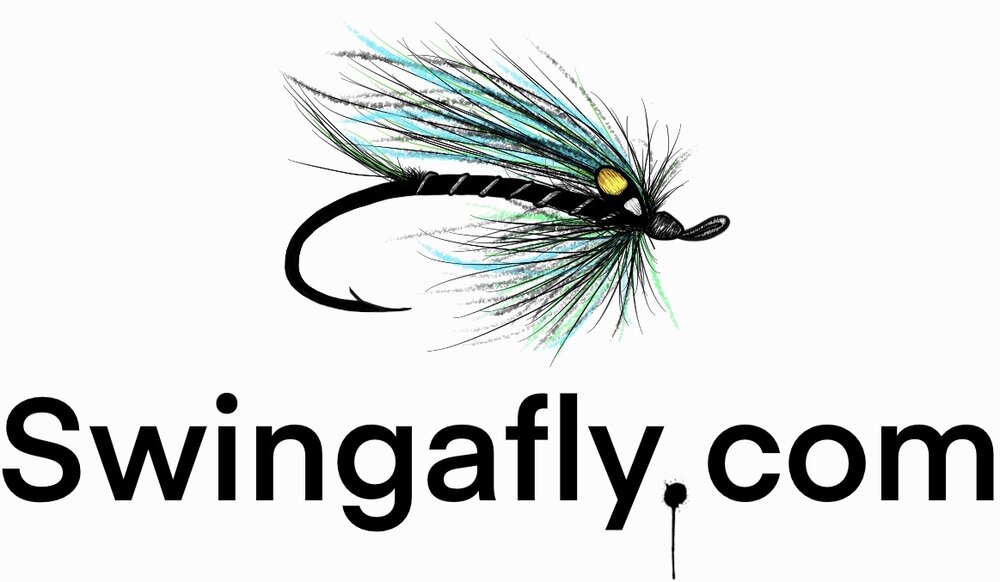Part II of recycling some new material from the website. Some info on the Kenai and Kasilof river Sockeye.
Sockeye are considered by most to be the best tasting salmon we have. No wonder why its our busiest time of the year. With the goal of most being to stock the freezer or share with family and friends, this is what we would consider to be our harvesting part of the season. Early run sockeye, which is the significantly smaller run of the two, start to trickle in to our rivers as early as the first week of June. While the return numbers on the early run aren’t nearly as high, the crowds aren’t either and it makes for a great time on the river. Usually plenty of fish to go around in June. Some days you may have to work harder than others but it makes for a good days labor. And the rewards taste great on the smoker. There is usually a small lull in between the two runs. The first week of July is historically the in between time but there are still fish around. It starts to get hot and heavy on both rivers around the middle to ladder part of July. This is when the rivers are busiest and the term combat fishing applies. The fishing can be absolutely incredible. The 2023 Kenai run was 2,351,020 fish and the Kasilof run was a respectable 932,896 fish. With plenty of fish to go around, It can be a challenge to find a good spot on the river some days but it always works out in the end. Sounds crazy but it gets crazier when I explain the technique. Sockeye are an interesting bunch. They are zooplankton eaters. (Krill, sea snails, pelagic worms, etc.) Much unlike other species which are eating herring and squid. Sockeye, just like all salmon species, have zero interest in feeding once they enter freshwater from the saltwater. However, all other species of salmon do have what is considered a reaction bite. Meaning they will take a fly, lure, or bait offering out of instinct. Usually the longer the fish are in the river, the less likely they are to bite. With Sockeye, it is completely different. They DO NOT have much of a reactionary bite if any. With that said, the most productive and popular method to catch sockeye is called flossing. Flossing is running a heavy mono leader through the fishes mouth as they swim up river using heavy lead, and a hook with some yarn added for buoyancy. Flip your rig out and the weight will tap off the bottom , while the buoyancy of your fly hangs the hook up in the water column a tad. With your leader stretched out by the weight, this allows the line to enter the open sockeye mouth as they swim upstream near the bank. The angler will feel the line stop and set the hook. You will see this technique being done up and down the riverbank. It can take a bit to get used to but I would consider this technique more harvesting than fishing. When the fish are in the river, you catch them. They swim up both sides of the riverbank right in line for eager anglers to harvest. Patience is key. Once a wave of fish starts to approach, it becomes catching at that point. Fun for the whole family. This style of fishing requires the angler to wade in the water in order to be able to have a chance. We prioritize safety on these trips and make sure is everyone is comfortable and in a safe environment. For those that have no interest in being in the water, we do offer a boat trip that would be backtrolling for sockeye. Although not always as effective as flossing, its a great alternative for those that might be immobile or for young kids. But what about the reactionary bite? Well there is one exception. Certain areas of these rivers get large bunches of salmon that stage. While they are staging, they can become quite aggressive and will take a salmon plug backtrolled. Some anglers prefer to avoid the “combat zone” and opt to go with the option of fishing from the boat. It has become more and more popular as the years go on. Either way we are always more than happy to accommodate. Please feel reach out with all your questions regarding your sockeye dreams. We are here to help!

